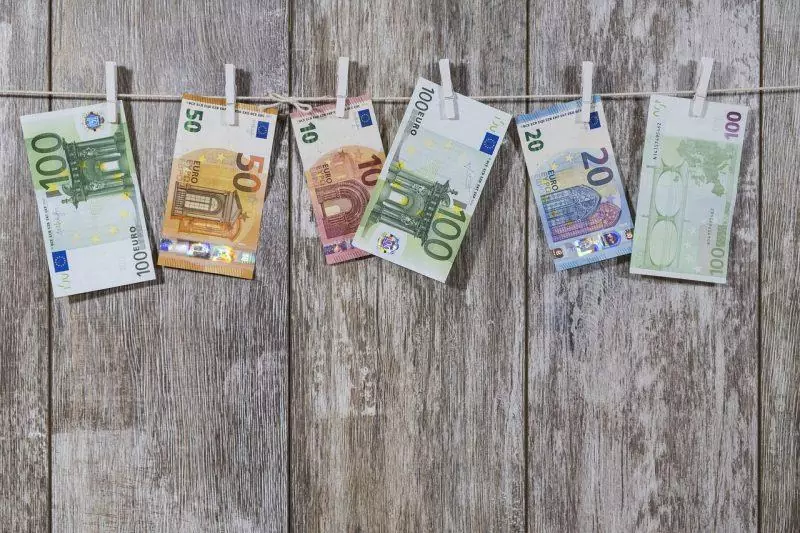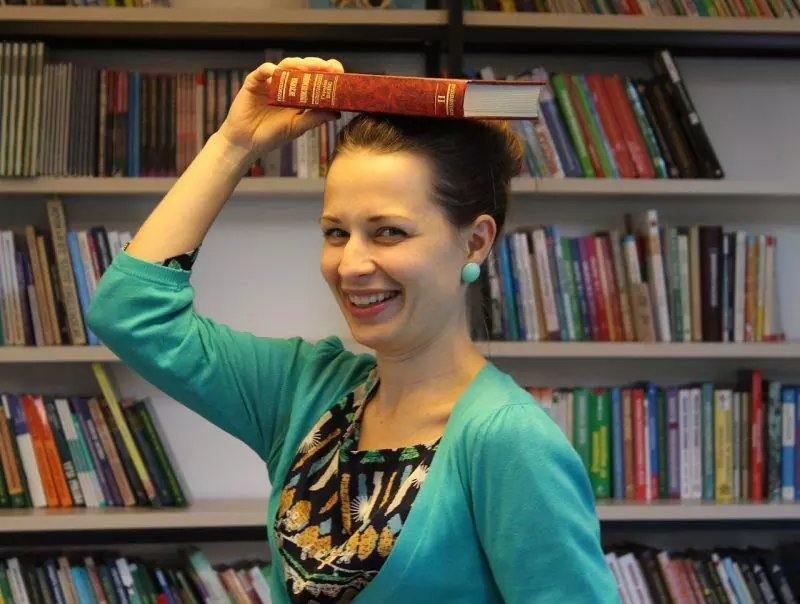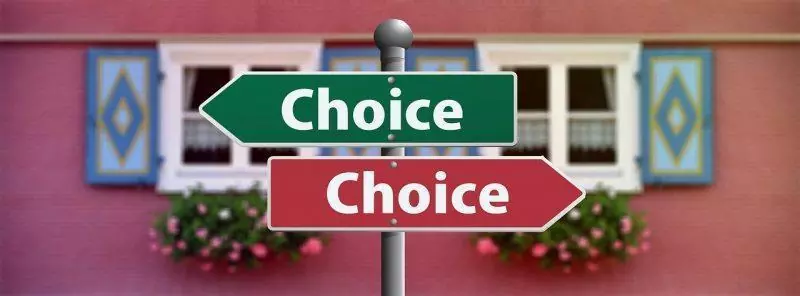Looking for a comparison of self publishing vs. traditional publishing? Here’s everything you need to know.
How many of you have ever thought about writing a book? Don’t worry, you can admit it.
You’re not alone — 80% of people have dreamed of one day writing a book but are intimidated by the process of becoming a “published author.” Only around 3%, however, actually will.
For years, people thought of becoming published like the cherry on top after a lifetime of achievement. Live an extraordinary life, write a novel. Become the best chef, write a cookbook. Win an Olympic medal, write about sports.
But what if writing a book could be a part of your journey, instead of the culmination of it?
What if you could use a book as a platform to help spread your message, build your band and generate passive income at the same time?
Frankly, my life motto is, why wait? Time isn’t guaranteed to anyone and I’m a fan of taking action right now. If you’re here, you probably are too.
So let’s get serious about why self-publishing is a valid option for serious writers and compare self publishing v. traditional publishing in all aspects of the book writing and marketing process.RELATED POST: 12 WAYS BLOGGERS MAKE MONEY ONLINE
The pitch process
Traditional publishing:
Under the traditional publishing model, authors need to write their entire fiction manuscript or the first few chapters and a very detailed pitch for nonfiction books.
The author then submits their materials to multiple agents, hoping at least one finds it intriguing enough to offer representation.
From there, the agent shops the book around to different publishing companies to try to get the author a book deal. Most of the time a book deals comes with an advance, ranging anywhere from $5k to $100k depending on the demand.
Self publishing:
As a self published author, you get to slip all of these gates and third parties. You don’t need to seek approval from an agent and then a publishing company.
The only approval you need is from your audience and readers.
This allows you to write without restriction to your creative process and get your book from idea to product on a much quicker timeline.
Writing the book

Traditional publishing:
Under the traditional publishing model, your editor and the publishing company have final say on your content. They will edit your voice, your ideas and completely rework your novel if need be, with very little input from you.
Sometimes this can be a good thing — an editor can help you clarify and elucidate your thoughts in a way that’s exponentially harder to do on your own.
Self publishing:
You are 100% responsible for writing the book. You decide the chapter names, the order of the content, even your writing timeline.
This can be tricky when it’s also you being the only spell checker. After reading your own work repeatedly you start to miss obvious spelling or grammar mistakes.
Formatting your book

Traditional publishing:
Under the traditional publishing model, you have very little control or input into the creative design process of your book.
Your cover, the formatting and everything else in between are controlled by the agency putting out your book.
If there’s a conflict between what you think and what your editor thinks, the editor will win unless you’ve written a clause to the contrary in the contract.
Self publishing:
When you self-publish, all the design decisions are up to you. You decide what your cover looks like. You decide how many chapters there are, what the title is, what the back cover says — everything.
This can be overwhelming for some authors since most writers just want to write but never fear — you can hire freelance designers, copywriters and editors to help you as needed along the way.
Royalties

Traditional publishing:
Under the traditional publishing model, your book might be priced at $25+, and you’ll only get 10-15% of the profits.
The rest will be divided up between the many hands in your author bucket, from your agent to the bookstores themselves.
Self publishing:
Self-publishing is not to be confused with vanity publishing, where you pay someone to publish your book and order a ton of copies that you then sell.
Those publishers have no stake in sales since they’re getting their money either way.
Self-publishing, like traditional publishing, is all about the sales. You pay a portion of your book sales to Amazon as a self-published author but it’s significantly less than you’d pay an agency.
Depending on the price of your book, most authors keep 70% of the profits.
RELATED POST: A BEGINNER’S GUIDE TO WORKING FROM HOME
Ranking and Bestseller Lists

Traditional publishing:
This is the one area where traditional publishing shines. It’s significantly more difficult to make it on a bestseller list like the New York Times as a self-published author than as a traditionally published author.
This has a lot to do with the traditional journalist mentality that thinks any book that’s gone through the proper “process” has more value to offer the reader.
Thankfully, it’s not impossible and I do know self-published authors who’ve made in on a bestseller list provided they had the requisite sales.
Self publishing:
You need at least 6k sales the first week before you’re considered for bestseller status. This is feasible for small authors, particularly if you’re collaborating with others in a group and you all have large email lists.
In the alternative, consider entering your book into awards like the Readers’ Favorite Books Awards or the annual Writer’s Digest Self Published Book Awards.
These can help you gain a similar amount of recognition and media attention, not to mention prestige and maybe even insignia for your front cover.
Also, as a self published author you have a good chance of climbing to the top of various categories on Amazon if you select them correctly. This will give your book a “bestseller” label above the sales image.
RELATED POST: REMOTE WORK TIPS TO GUARANTEE YOUR SUCCESS
Marketing your books

Traditional publishing:
Unless you’re Rachel Hollis or a Netflix celebrity, a publishing agency is not going to put a lot of resources into marketing your book. They will not set up a book tour or schedule TV appearances — all of that is up to you.
The one thing a traditional publishing company can help with is distribution, getting your book into stores like Barnes & Noble and translating it into an audiobook.
Self publishing:
You are 100% responsible for marketing as a self-published author and its arguable more important than writing the book itself.
If you’re going to be putting in all the work, you may as well be bringing in most of the money.
There are many ways to market your books at little to no cost, including going on a podcast book tour, creating a launch team and utilizing select book promotion services.
The Verdict

So self publishing vs. traditional publishing — which should you choose?
If you’re a first-time author that’s nervous about the prospect of doing anything except writing the book and hopeful that you’ll qualify for a bestseller list, go the traditional route.
If you’re an established blogger or writer with a built-in audience and the ability to take on the tasks of the book design and promotion yourself, then you’re in the position to make a lot of money as a self-published author.
If you’re still unsure, you can always attempt to get an agent and if that doesn’t work, go the self-published route as a backup plan.
You have nothing to lose this way except time.
Whatever you do, I recommend you publish and ASAP, because every second your book is not on a shelf (digital or literal) is a second your book is not making you money.
RELATED POST: 7 STEPS TO GO FROM IDEA TO BESTSELLING BOOK
Till next time, safe travels!
Next steps: Ready to get started on your self publishing journey? I have a 2-hour Self-Publishing Masterclass that takes you step-by-step through the process. Click here to learn more.


